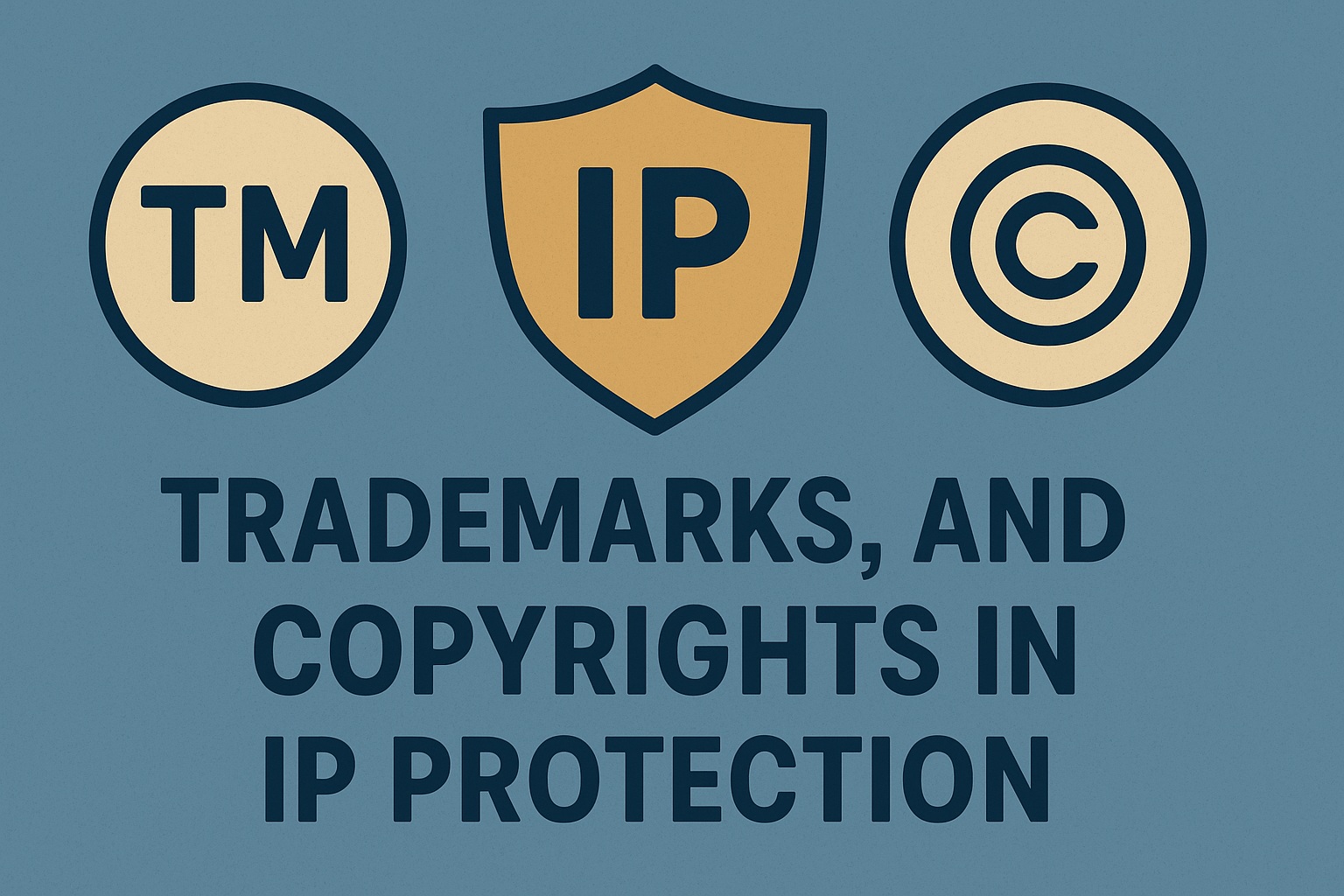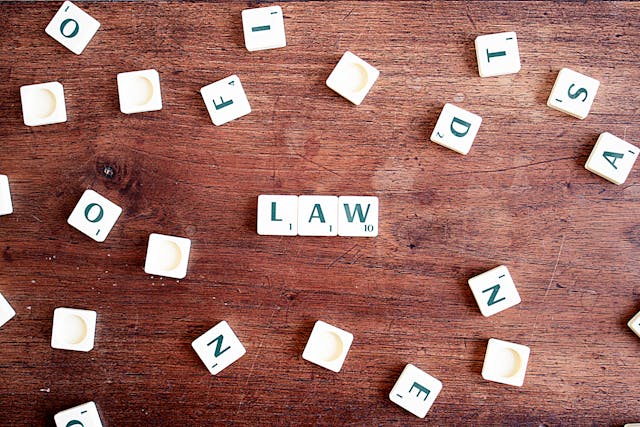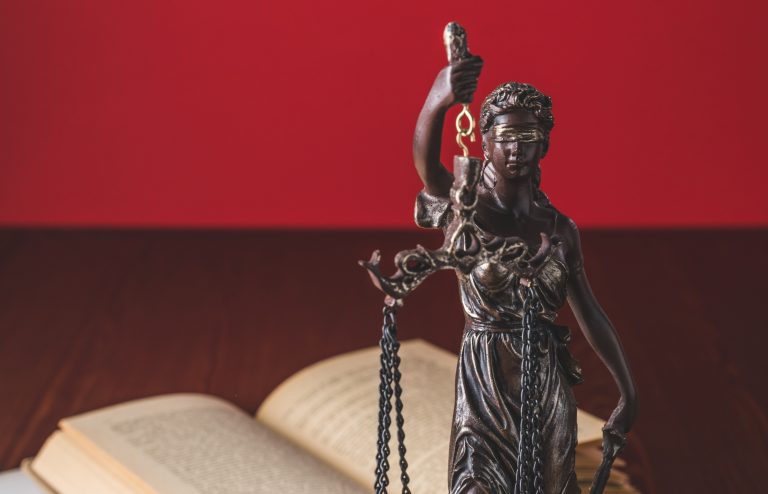Protection of intellectual property rights is crucial in today’s innovative economy to ensure and protect the tasks, ideas, and brands that do so hard work to create people and companies. Widespread IP rights protection in nature consists of copyright, trademarks, and patents, helping to protect all special ideas and assets. These legal instruments taken together guarantee that inventors and innovators have the only right to profit from their work, therefore shielding them from illegal use or reproduction.
Patents: Protecting Inventions
Usually spanning 20 years, a patent is a legal entitlement given to an inventor that grants their exclusive right to manufacture, use, and sale of their creation. Patents generally feature fresh ideas or technical developments that offer a fix for a problem. This could cover anything from fresh tools or equipment to techniques and procedures applied in several sectors, including engineering, electronics, or medicine.
Fostering innovation depends critically on the protection of intellectual property from which patents provide. Without patent protection, innovators would have little motivation to commit the time and money required to create new goods or technologies as rivals could fast copy and profit from their ideas. Patents guarantee that intellectual labor is rewarded and that others cannot use the same innovation without permission or payment, therefore enabling creators to keep ownership over their inventions.
Trademarks: Protecting Brands
Conversely, a trademark is a symbol, term, or mix of both used to identify a company and its goods or services. Acting as a kind of branding, it enables customers to quickly recognize and differentiate among the items or services available on the market. Trademarks in a brand could include logos, product names, company names, slogans, or other distinctive markers.
Maintaining the reputation of a company depends on trademarks. Once a brand has developed goodwill, a trademark guarantees that no other company may use a mark similar enough to confuse consumers or compromise the value of the brand. This protection guarantees that consumers may believe the source of the good or service they are buying and helps to maintain the integrity of the company’s name.
For companies, trademarks are effective instruments for long-term viability. Well-known trademarks like the McDonald’s golden arches or Nike “swoosh” come to represent consumer confidence and excellence. By means of trademarks, legal protection guarantees that rivals cannot compromise these marks, therefore enabling businesses to keep their market share and prevent customer confusion.
Copyrights: Protecting Creative Works
Though they are concentrated on artistic and literary works like books, music, movies, software, and visual arts, copyrights are another kind of intellectual property protection. A copyright grants the author of the work sole rights to copy, distribute, and exhibit it. Copyrights, unlike patents, demand originality and a physical form rather than the work being an innovation.
Copyrights help to protect the creative expression of a person or company, therefore supporting IP protection. Copyrights let artists control how their works are used and benefit from them by stopping illegal copying or distribution of their works. In sectors including entertainment, literature, and software development where illegal replication of work can cause large financial loss, this is especially crucial.
A well-run innovation economy is built on the protection of intellectual property rights by copyrights, trademarks, and patents. Copyrights protect authors’ rights in the artistic sphere; trademarks help companies defend their brand identification; and patents guarantee that inventors may safeguard their technological developments. These legislative provisions taken together promote companies, inspire innovation, and provide an environment where creative and imaginative activities may flourish.




